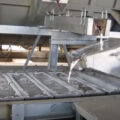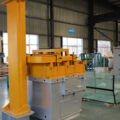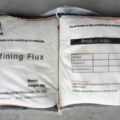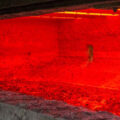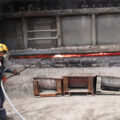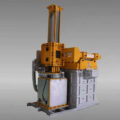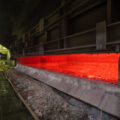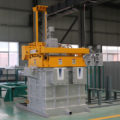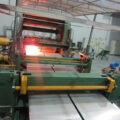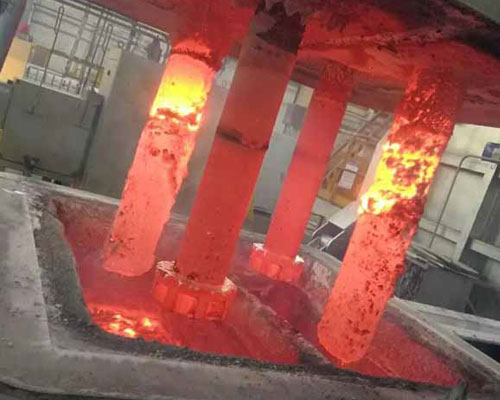
Online molten aluminium degassing purification device has always been the subject of aluminum alloy casting and rolling research.
In the melting process of aluminium alloy, due to incomplete degassing, excess gas (mainly hydrogen) remaining in the melt is retained in the aluminum ingot. If the hydrogen content is too high, bubbles will form in the aluminum ingot.
In addition to the hydrogen content in the aluminum ingot, the bubbles on the surface of the aluminum ingot are also related to the cooling rate and homogenization temperature. According to research on aluminum-magnesium-silicon alloys, when the hydrogen content in the ingot is the same, the faster the cooling rate of the casting, the higher the homogenization temperature, and the easier it is to form bubbles on the surface of the aluminum ingot. Regardless of the cooling rate, the higher the hydrogen content in the activity of the ingot, the lower the homogenization temperature of the bubbles on the production surface.
Water vapor and aluminum alloy surfaces produce atomic hydrogen. The hydrogen atom has a small radius and diffuses into the metal layer along the grain boundary and lattice. When the temperature in the furnace is lowered, the hydrogen concentration in the furnace is very low, and hydrogen is precipitated from the solid solution. When the pressure reaches multiple atmospheric pressures, the surface metal swells to form bubbles.
In order to prevent bubbles from appearing on the surface of aluminum ingots and aluminum products, it is necessary to select a suitable molten aluminum degassing system and filtering equipment to minimize the hydrogen content of molten aluminum.
The main function of the molten aluminium degassing device is to remove hydrogen and other residues to achieve the purpose of purifying aluminum and improve product quality.
AdTech rotating degassing unit adopts the principle of air flotation. The rotor sucks inert gas or a mixture of chlorine and inert gas into the molten aluminum, and crushes it into dispersed tiny bubbles. Hydrogen and inclusions are absorbed by the bubbles, which rise to the surface of the molten aluminum.

